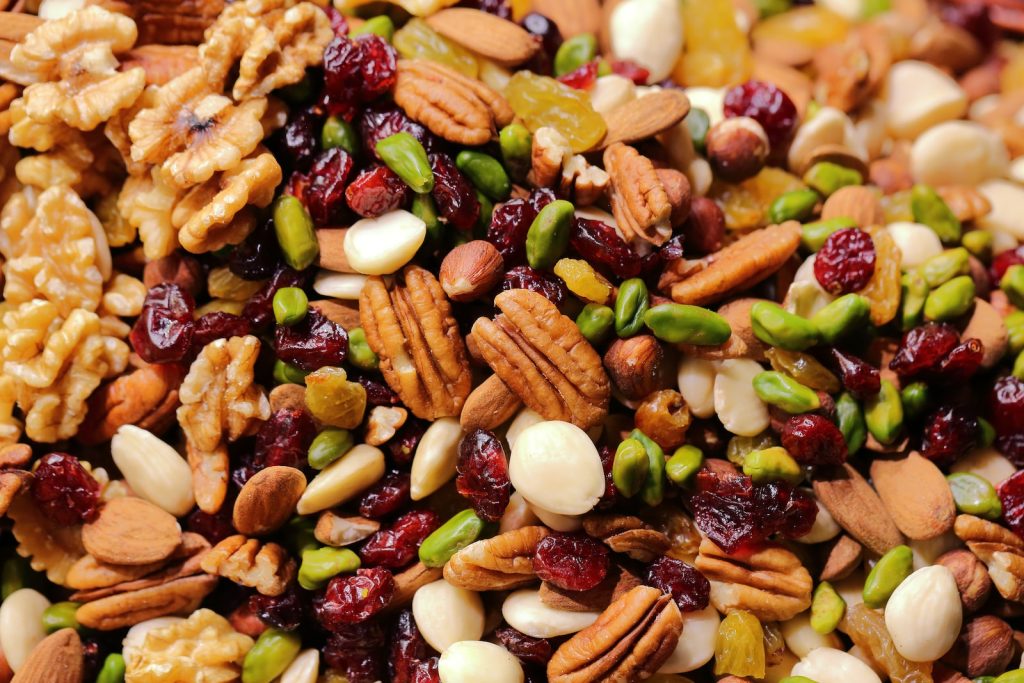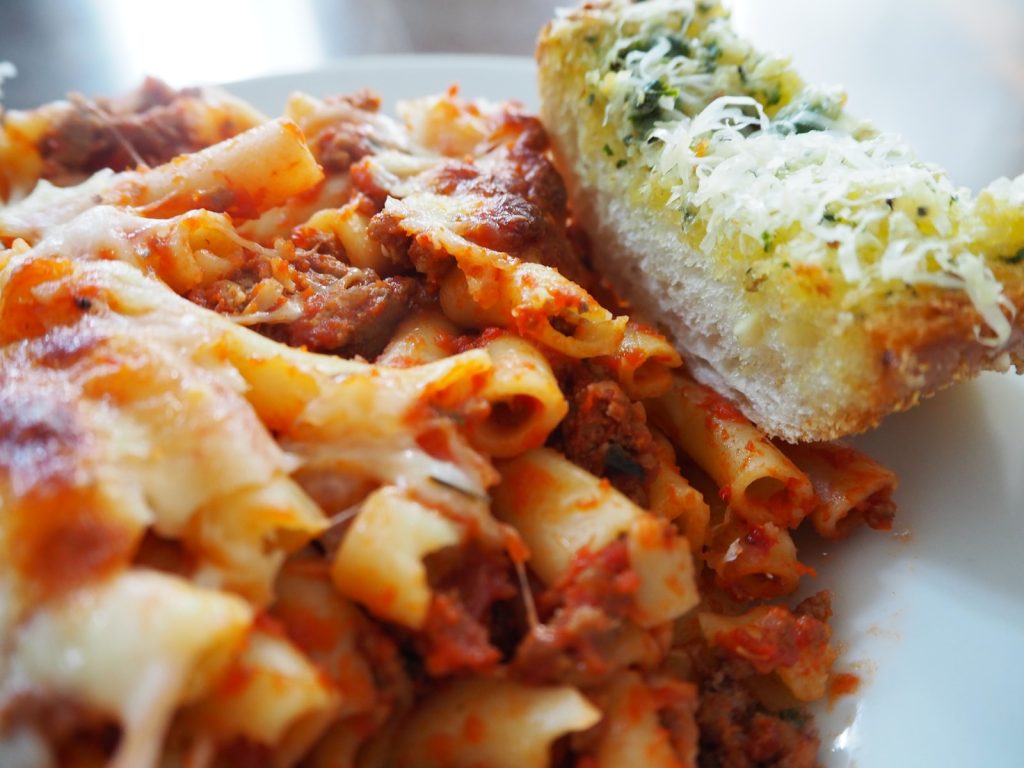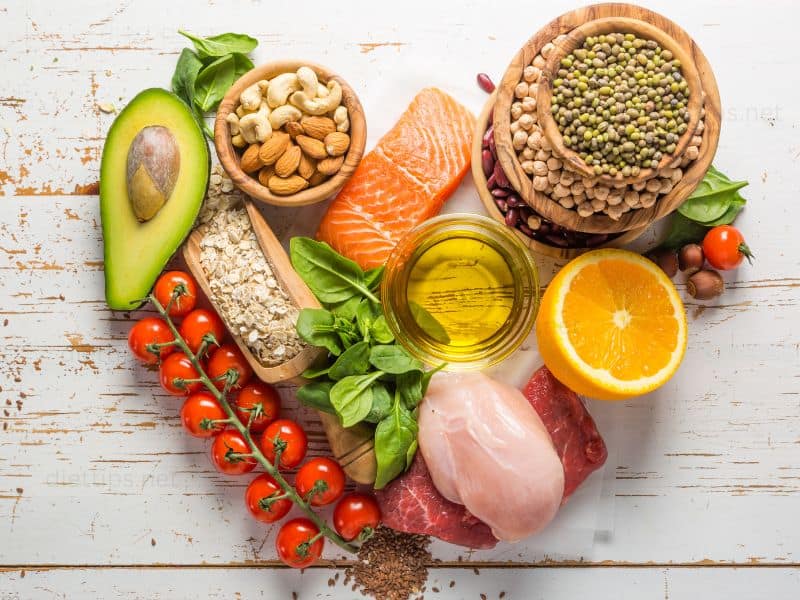In this article, you will gain insight into the realm of anti-inflammatory eating, a concept that has gained significant traction amongst those seeking optimal health and well-being.
With a focus on providing proper nutrition and dietary advice, this article serves as an introduction to the basics of anti-inflammatory eating. Whether you are new to the idea or searching for a refresher, this concise and informative article will equip you with the knowledge you need to embark on a journey toward a healthier lifestyle.
What is Anti-Inflammatory Eating?
Understanding Inflammation
Inflammation is a natural response by your body’s immune system to protect itself from harmful stimuli such as infections, injuries, or diseases. While acute inflammation is necessary for healing, chronic inflammation can have damaging effects on your health. Conditions such as arthritis, heart disease, diabetes, and even cancer have been linked to chronic inflammation. Therefore, it is important to adopt dietary practices that can help reduce inflammation and promote overall well-being.
The Concept of Anti-inflammatory Eating
Anti-inflammatory eating is a dietary approach aimed at reducing chronic inflammation in the body. It involves consuming foods that are known to have anti-inflammatory properties and avoiding or minimizing the intake of foods that are associated with inflammation. The goal is to create a balance in your diet that promotes optimal health and prevents the onset of chronic diseases.
How It Differs From Other Diets
One aspect that sets anti-inflammatory eating apart from other diets is its focus on reducing inflammation rather than solely on weight loss or macronutrient breakdown. While some diets may include anti-inflammatory foods, anti-inflammatory eating places a stronger emphasis on overall health and the long-term management of chronic diseases. It promotes the consumption of whole, unprocessed foods, healthy fats, and essential nutrients while avoiding trigger foods and artificial additives.
Benefits of Anti-Inflammatory Eating

1. Reduced Chronic Inflammation
By following an anti-inflammatory eating plan, you can significantly reduce chronic inflammation in your body. This can lead to a decrease in symptoms associated with inflammatory conditions such as joint pain, stiffness, and swelling.
2. Improved Overall Health
Adopting an anti-inflammatory eating approach can have a positive impact on your overall health. By consuming nutrient-dense foods and avoiding processed and unhealthy options, you can improve your immune function, cardiovascular health, and brain function.
3. Enhanced Immune Function
Your immune system plays a vital role in protecting your body from infections and diseases. Anti-inflammatory eating helps boost your immune system by providing it with the necessary nutrients and antioxidants found in fruits, vegetables, and other anti-inflammatory foods.
4. Weight Management
Maintaining a healthy weight is essential for overall health. Anti-inflammatory eating promotes the consumption of whole, unprocessed foods, which are typically lower in calories and higher in fiber, helping you to manage your weight more effectively.
5. Disease Prevention
Chronic inflammation has been linked to the development of various diseases, including cardiovascular disease, type 2 diabetes, and certain types of cancer. By adopting an anti-inflammatory eating plan, you can reduce the risk of developing these chronic conditions and improve your long-term health outcomes.
Key Principles of Anti-Inflammatory Eating

1. Emphasizing Whole, Unprocessed Foods
One of the fundamental principles of anti-inflammatory eating is to prioritize whole, unprocessed foods in your diet. These include fruits, vegetables, whole grains, lean proteins, and healthy fats. These foods are rich in vitamins, minerals, fiber, and antioxidants, which all contribute to reducing inflammation in the body.
2. Choosing Healthy Fats
Healthy fats, such as those found in avocados, nuts, seeds, and fatty fish like salmon, are an essential part of an anti-inflammatory eating plan. They provide anti-inflammatory omega-3 fatty acids and help maintain the health of your cells and tissues.
3. Managing Carbohydrate Intake
While carbohydrates are an important energy source, it is crucial to choose them wisely. Anti-inflammatory eating encourages the consumption of complex carbohydrates such as whole grains, legumes, and starchy vegetables, while limiting refined carbohydrates and added sugars.
4. Incorporating Essential Nutrients
Anti-inflammatory eating focuses on obtaining a wide range of essential nutrients required for optimal health. This includes vitamins, minerals, phytochemicals, and antioxidants found in a variety of fruits, vegetables, whole grains, and lean proteins.
5. Avoiding Trigger Foods
Certain foods are known to trigger inflammation in the body, and individuals may have individual sensitivities or allergies to specific foods. Common trigger foods include refined sugars, processed meats, artificial additives, and trans fats. It is important to identify these trigger foods and avoid or minimize their consumption to reduce inflammation.
6. Promoting Gut Health
The health of your gut plays a significant role in inflammation and overall well-being. Anti-inflammatory eating includes incorporating foods that promote gut health, such as fermented foods like yogurt and sauerkraut, as well as prebiotic-rich foods like garlic, onions, and asparagus.
✅ Anti-inflammatory Foods To Include
1. Fruits and Vegetables

Fruits and vegetables are rich in antioxidants and phytochemicals that help reduce inflammation in the body. Include a variety of colorful options like berries, leafy greens, tomatoes, and citrus fruits in your diet to reap the benefits.
2. Berries and other Antioxidants

Berries, such as blueberries, strawberries, and raspberries, are packed with antioxidants that can help combat inflammation. Other antioxidant-rich foods include dark chocolate, turmeric, green tea, and herbs like cinnamon and ginger.
3. Fatty Fish and Omega-3 Fatty Acids

Fatty fish like salmon, mackerel, and sardines are excellent sources of omega-3 fatty acids, which have potent anti-inflammatory effects. Aim to include fish in your diet at least twice a week to harness these benefits.
4. Nuts and Seeds

Nuts and seeds, including almonds, walnuts, flaxseeds, and chia seeds, are packed with healthy fats, fiber, and antioxidants. They can help reduce inflammation and provide a satisfying crunch to your meals.
5. Healthy Spices and Herbs

Spices and herbs like turmeric, ginger, garlic, and rosemary have been used for centuries for their medicinal properties, including their ability to reduce inflammation. Incorporate these flavorful ingredients into your cooking to add extra anti-inflammatory benefits to your meals.

❌Foods to Avoid or Limit
1. Refined Carbohydrates

Refined carbohydrates, such as white bread, pasta, and pastries, are linked to increased inflammation in the body. These foods have undergone processing that removes essential nutrients and fiber, leading to a rapid spike in blood sugar levels.
2. Processed and Fried Foods

Processed and fried foods, such as chips, fast food, and packaged snacks, are typically high in unhealthy fats, sodium, and artificial additives. These can contribute to inflammation and should be avoided or limited in an anti-inflammatory eating plan.
3. Red and Processed Meats

Red and processed meats, including beef, pork, sausages, and deli meats, are often high in saturated fats and inflammatory compounds like heme iron. Limiting the intake of these meats can help lower inflammation and reduce the risk of chronic diseases.
4. Sugary Beverages

Sugar-sweetened beverages, like soda, fruit juices, and energy drinks, are major sources of added sugars in the diet. High sugar intake is associated with increased inflammation and a higher risk of chronic diseases such as obesity, type 2 diabetes, and cardiovascular disease.
5. Artificial Additives and Trans Fats

Artificial additives, including artificial sweeteners, preservatives, and food colorings, can trigger inflammation in some individuals. Trans fats, found in many processed and packaged foods, also promote inflammation and should be avoided.
Meal Planning Tips and Techniques

✔ Creating Balanced Meals
When planning your meals, aim for a balance of protein, healthy fats, and complex carbohydrates. Include a variety of anti-inflammatory foods for optimal nutrient intake and make sure to control portion sizes to fit your needs.
✔ Batch Cooking and Meal Prepping
To make eating anti-inflammatory meals more convenient, consider batch cooking and meal prepping. Prepare large quantities of healthy meals in advance and portion them out for later consumption. This can save time and ensure that you always have nutritious options readily available.
✔ Effective Grocery Shopping
When grocery shopping, focus on the perimeter of the store where the fresh produce, lean proteins, and whole grains are usually located. Fill your cart with nutrient-dense foods and avoid the aisles that are filled with processed and unhealthy options.
✔ Reading and Understanding Food Labels
Become familiar with reading food labels to understand better what you are consuming. Look for hidden sugars, artificial additives, and trans fats in the ingredient list, and choose products with minimal or no added ingredients.
✔ Eating Mindfully
Practicing mindful eating is an essential component of anti-inflammatory eating. Slow down, savor each bite, and heed your body’s hunger and fullness cues. This can help prevent overeating and promote a healthier relationship with food.
Incorporating Anti-Inflammatory Eating into Your Lifestyle

Making Gradual Changes
Incorporating anti-inflammatory eating into your lifestyle doesn’t have to be overwhelming. Start by making small, gradual changes to your diet. Replace processed snacks with whole fruits, swap refined grains for whole grains, and experiment with new anti-inflammatory recipes each week.
Seeking Professional Guidance
If you are unsure about where to start or have specific health concerns, consider seeking professional guidance from a registered dietitian or nutritionist. They can provide individualized recommendations, address any concerns, and create a tailored meal plan that suits your needs and preferences.
Finding Support and Accountability
Changing eating habits can be challenging, so finding support and accountability can be beneficial. Joining online communities, participating in cooking classes, or partnering up with a friend who is also interested in anti-inflammatory eating can help keep you motivated and on track.
Creating Healthy Habits
To ensure long-term success with anti-inflammatory eating, focus on creating healthy habits rather than temporarily following a strict diet. Look for ways to incorporate anti-inflammatory foods into your daily routine and aim for consistency rather than perfection.
Anti-Inflammatory Eating and Exercise

The Importance of Physical Activity
Combining anti-inflammatory eating with regular physical activity can further enhance your overall health. Exercise has been shown to reduce inflammation, improve cardiovascular health, and promote weight management.
Choosing Suitable Exercises
Select exercises that suit your fitness level, preferences, and any specific health considerations. Mix cardio exercises like walking, cycling, or swimming with strength training exercises to improve muscle strength and bone density.
Pre- and Post-workout Nutrition
Prior to exercise, fuel your body with a balanced meal or snack that includes complex carbohydrates and a source of protein. After your workout, focus on replenishing your energy stores and promoting muscle recovery by consuming a post-workout meal or snack that includes both carbohydrates and protein.
Rest and Recovery
Rest and recovery are essential components of any fitness routine. Allow your body time to recover between workouts to prevent overuse injuries and support optimal performance. Adequate sleep, hydration, and stress management are also important factors in reducing inflammation and promoting overall well-being.
Addressing Common Concerns and FAQs
While anti-inflammatory eating is not solely focused on weight loss, it can contribute to weight management. By choosing whole, unprocessed foods and healthy fats, and avoiding trigger foods and processed snacks, you can create a calorie-controlled diet that promotes a healthy weight.
Anti-inflammatory eating has been shown to positively affect various health conditions, including arthritis, cardiovascular disease, and metabolic syndrome. However, it is important to consult with a healthcare professional for personalized advice and to address any specific health concerns you may have.
Yes, anti-inflammatory eating can be adapted to suit vegetarian and vegan diets. Plant-based foods such as fruits, vegetables, whole grains, legumes, nuts, and seeds are all rich in anti-inflammatory properties and can form the foundation of a vegetarian or vegan anti-inflammatory eating plan.
If you have known food allergies or sensitivities, it is important to identify and avoid those trigger foods. Adjust your anti-inflammatory eating plan accordingly, finding suitable alternatives while still ensuring you meet your essential nutrient needs.
The time it takes to see results from anti-inflammatory eating can vary depending on individual factors and health conditions. Some people may experience improvements in symptoms within weeks, while others may take several months. Consistency is key, and long-term adherence to an anti-inflammatory eating plan is necessary to maintain and optimize results.
Seeking Professional Advice

Consulting a Registered Dietitian or Nutritionist
For personalized guidance and recommendations, it is beneficial to consult a registered dietitian or nutritionist. They can assess your individual needs, provide expert advice, and create a customized meal plan that aligns with anti-inflammatory eating principles.
Individualized Recommendations and Meal Plans
A registered dietitian or nutritionist can provide individualized recommendations based on your specific health goals, preferences, and any underlying health conditions. They can help you create a meal plan that incorporates anti-inflammatory foods and suits your lifestyle.
Customizing Anti-inflammatory Eating To Your Needs
Every individual is unique, and what works for one person may not work for another. A professional can help you customize an anti-inflammatory eating plan to address your specific needs, whether that involves managing a certain health condition, accommodating dietary preferences, or working around food allergies or sensitivities.
In conclusion, anti-inflammatory eating offers numerous benefits for your overall health and well-being. By following the key principles, incorporating anti-inflammatory foods, and making sustainable lifestyle changes, you can reduce chronic inflammation, improve your immune function, manage your weight, and lower the risk of developing chronic diseases.
Consulting with a registered dietitian or nutritionist can provide you with personalized guidance and ensure that your anti-inflammatory eating plan is tailored to your specific needs. Remember, consistency and long-term adherence are key to achieving and maintaining positive results.
© 2024 by Diettips.net. Reserved all rights. This document cannot be copied or communicated in any way without Diettips.net’s prior written consent, whether it be electronically, mechanically, through photocopying, recording, or another medium.



